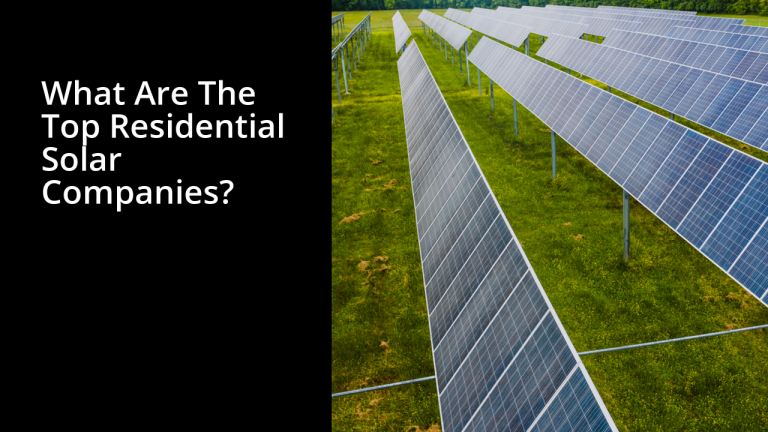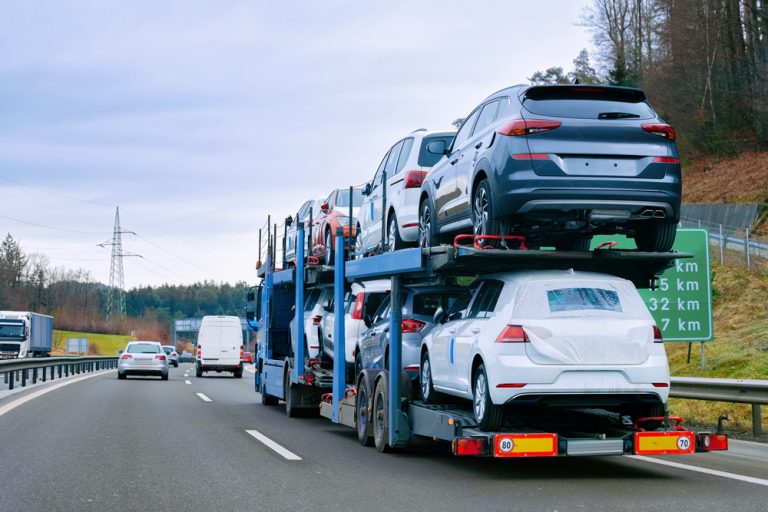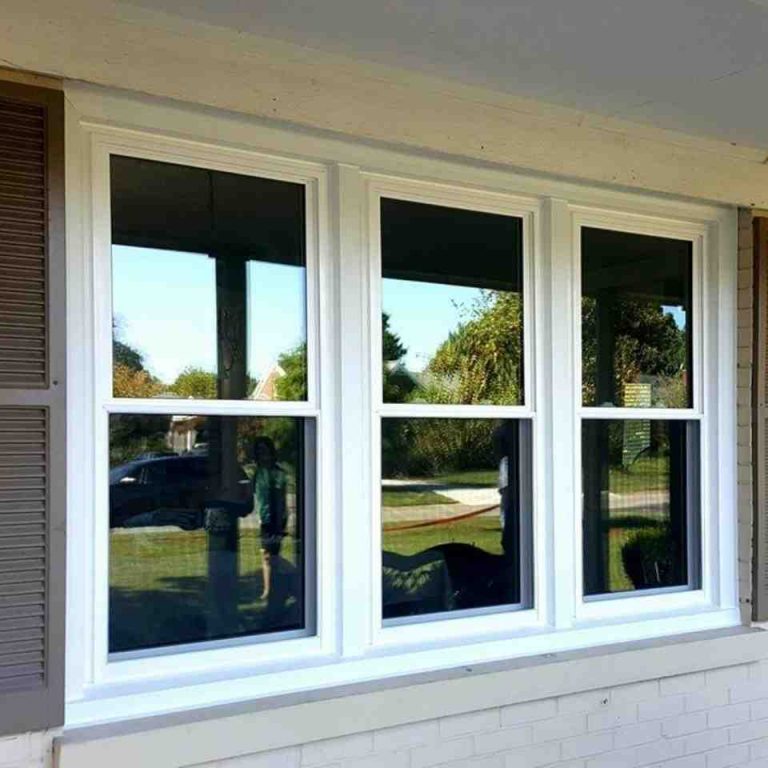As worries about environmental safety continue to grow, more of us have solar panels built in our homes to produce our own energy.
Solar or photovoltaic ( PV) panels absorb the energy of the light using photovoltaic cells to transform it into electricity.
Luckily, for those of us living in the UK, cells do not need direct sunshine to operate – they will still work on a gloomy day, even if less energy would be produced.
Having said that, the Met Office recently announced that April 2020 was potentially the sunniest April ever, with the solar power industry announcing the highest ever energy output in the United Kingdom at 12:30 p.m. on 20 April.
How do solar panels work?
Solar PV cells are nestled between layers of semiconductor material, usually silicon. When the sun shines on them, the electrons are kicked out, producing a flow of electricity.
As solar cells are paired, they form solar panels, while several solar panels together form a solar array.
In order to ensure that solar panels are exposed to as much light as possible, it is best to have them mounted on a south-facing roof, while east-facing and west-facing roofs are also ideal.
Solar panels should be set at an angle between 10 and 50 degrees, with an optimal angle between 30 and 40 degrees. You should also ensure that there are no structures or trees nearby that may leave the panels in the shade.
Most solar panels are mounted on rooftops, but they can also be installed on walls or roofs, or they can be equipped with solar tiles. Be conscious, though, that solar tile systems are less cost-effective and normally cost almost twice as much as a panel system.
As solar panels are installed, an inverter will be installed to transform the electricity produced from direct current (DC ) to alternating current (AC) that is used by most home appliances.
What are the advantages of this?
The greatest bonus of getting solar panels installed is that you can save on the cost of energy. If your solar panels are big enough, you will be able to generate enough energy for your entire house.
The Energy Saving Trust solar energy calculator will give you an estimation of how much you will save.
Another advantage is that you’re going to reduce your carbon footprint. The Energy Saving Trust says that an average home solar PV device will save between 1.3 to 1.6 tons of carbon per year based on where you live in the UK.
Are solar panels impacting the availability of electricity?
If the solar panels are correctly designed, the device can turn smoothly between using the electricity produced by your solar panels and using the energy generated from the National Grid when the panels are not producing enough. You’re not going to find the change in the energy supply.
You will use your solar panels alongside a standard electricity tariff, and you don’t need to tell your energy provider about it. You’re only going to need less power from the grid and thus incur smaller bills. But you need to shop around to make sure your tariff is competitive (along with your gas tariff).
What is the cost of solar panels?
How much you spend for the installation of solar panels would depend on the scale of your roof and the type of device you chose. Getting solar panels installed is not inexpensive, but the cost has dropped over the years and it is a small price for some people to pay for the environmental benefits it offers.
According to the Green Match online service, one of the most popular alternatives is the 4kW solar panel system , which consists of 16 panels and takes about 29 square meters of roof space. This can provide enough electricity for a family home (three to four people), but you will also need energy from the grid.
The cost of a machine of this scale is between £ 6,000 and £8,000, but in exchange you will save about £270 on your annual electricity bill.
A 3kW solar panel system consisting of 12 solar panels and taking about 22 square meters of roof space is a cheaper choice. Costs vary from £ 5,000 to £6,000, but savings are also smaller at only £ 160 a year.
How long would it take to recover the costs?
Depending on the scale of your solar panel installation and any revenue you gain from selling surplus electricity back to the National Grid (more on this below), according to Green Match, you can hope to recover the cost of installing solar panels after 15 to 25 years.
While larger systems are more costly, they produce more electricity and can save you more in the long run. The 5kW solar panel will then pay for itself after 15 to 20 years, the 4kW system would take 16 to 22 years, and the 3kW system would take 21 to 25 years.
Will you make money from solar panels?
The Government Feed-in Tariff ( FiT) system closed on 31 March 2019 to new applicants. However, households who have built a solar panel system before that date and successfully applied for the scheme can also benefit from it.
The program provides cash payments to households who produce their own electricity through solar panels and other green technologies.
Those who do not qualify for the feed-in tariff may apply for the Smart Export Guarantee (SEG) scheme that was introduced at the beginning of 2020. The scheme requires you to pay for any surplus clean electricity that you sell back to the National Grid.
Both approved energy suppliers with 150,000 or more customers must have at least one Smart Export Guarantee tariff, while smaller suppliers may voluntarily provide a tariff.
You would be eligible for the SEG scheme if you produce electricity from solar PV panels as well as any of the following:
Wind electric turbine
Hydro’s
Anaerobic digestion – where organic content is broken down in the absence of oxygen to create biogas that can then be used as a fuel
Micro combined heat and power – where heat and electricity are produced simultaneously by the same source of energy.
Your installation would need to have a capacity of 5MW or less, or 50MW for micro-combined heat and power. It must also be accredited in compliance with the Microgeneration Certification Scheme (MCS) or similar.
In addition, you would need a meter that will have half-hour readings so that your provider knows how much energy you are exporting.
How are SEG tariffs working?
By subscribing to the SEG tariff, you will be charged for any surplus energy you produce that is pumped back into the National Grid. However, unlike feed-in tariffs, you will not be charged for all the energy you generate, so payments are likely to be smaller.
Energy suppliers can determine the rate they pay, the term of the contract and whether the tariffs are set or flexible. Set SEG tariffs pay a fixed rate per kilowatt hour ( kWh) of electricity exported for the term of the deal.
Variable tariffs would have fluctuating rates based on domestic demand (but prices can not fall below zero). It also helps to shop around and compare what’s on sale.
Notice that you can not receive all feed-in tariffs and SEG payments, but you can opt out of the feed-in tariff system if you choose to receive SEG payments.
What is to be considered when choosing solar panels?
If you’re thinking of getting solar panels installed, you’ll need to consider if your roof is ideal, including whether it’s large enough and how much sunshine it receives.
You’ll also need to worry about the scale of the solar panel system you need. It’s important to ensure that the size is big enough to satisfy the energy needs of your household, but also that you don’t end up with a large surplus.
You will also want to consider adding a solar battery or an energy storage device to store the electricity produced by your solar panels. This will encourage you to store electricity produced during the day to be used at night, help you become more self-sufficient and reduce the amount of power you consume from the grid.
While you typically do not require planning permission to install solar PV panels, it is often appropriate to consult with the local authority if there are any limitations – for example, if you live in a listed building or a protected area.
You can also tell the home insurance company that they will cover solar panels and find out if the premiums need to be changed.
Finally , make sure you have a few different estimates from companies to compare installation prices. It could be safer to check for a qualified installer on the Microgeneration Certification website.
How can you get the most out of the solar panels?
If you plan to continue with the installation of solar PV panels, take a look at these guidelines to ensure that you get the best out of them:
Using more energy during the day: solar PV panels are more efficient during daytime hours, so think about carrying out activities such as washing and running the dishwasher during the day rather than nighttime. If you’re normally out during the day, built-in timers for appliances will come in handy.
Consider other green systems: if you can, it may be worth integrating solar PV panels with other renewable technology such as heat pumps, thermal panels and wind turbines.
Build a solar battery or an energy storage system: as described above, this allows you to store energy produced during the day to be used at night, eliminating the need to use power from the grid.
Reduce energy waste: measures such as shutting off lamps while not in use, taking shorter showers and draught-proofing your home would reduce the amount of energy you use. More tips can be found in our post.
Keep solar panels clean: it’s important to clean your solar panels on a regular basis – you can purchase solar panel cleaning kits or add automatic cleaners that are a little like sprinkler systems. Alternatively, you should arrange for a cleaning firm to do the hard work for you!





